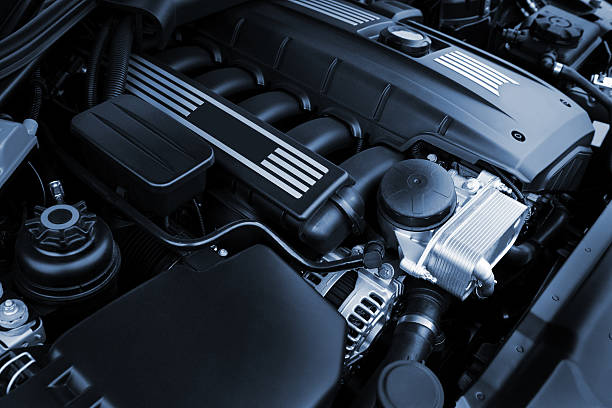The Untapped Potential of Hydropneumatic Suspension
Imagine a car that glides over potholes as if they didn't exist, adapts its ride height at the push of a button, and corners with the precision of a race car. This isn't science fiction – it's the reality of hydropneumatic suspension, a technology that's been around for decades but remains largely untapped in the automotive world. As we delve into this innovative system, we'll explore its inner workings, its advantages over conventional suspensions, and why it might just be the key to revolutionizing ride comfort and handling in the cars of tomorrow.

How Hydropneumatic Suspension Works
At its core, hydropneumatic suspension relies on the principle of fluid dynamics and gas compression. Each wheel is connected to a suspension sphere containing nitrogen gas and hydraulic fluid. As the wheel encounters bumps or dips in the road, the fluid is pushed into the sphere, compressing the gas. This compression acts as a spring, absorbing the impact and providing a smooth ride. The system’s genius lies in its ability to maintain a constant ride height regardless of load, automatically adjusting the fluid pressure to compensate for changes in weight distribution.
Advantages Over Conventional Suspension Systems
Hydropneumatic suspension offers several key advantages over traditional spring and damper setups. First and foremost is its unparalleled ride quality. The system’s ability to absorb impacts and maintain a level ride height results in a smooth, comfortable journey even on rough roads. Additionally, the adjustable nature of hydropneumatic suspension allows for variable ride heights, enabling everything from increased ground clearance for off-road driving to a lowered stance for high-speed stability.
Handling and Performance Benefits
Beyond comfort, hydropneumatic suspension can significantly enhance a vehicle’s handling characteristics. By adjusting fluid pressure, the system can actively control body roll during cornering, providing flatter, more stable handling. This adaptability allows engineers to fine-tune the suspension for optimal performance in various driving conditions, from city streets to winding mountain roads. Some advanced systems even incorporate predictive technology, using sensors and cameras to anticipate road conditions and adjust the suspension proactively.
Challenges and Future Prospects
Despite its advantages, hydropneumatic suspension has faced challenges in widespread adoption. The system’s complexity and higher initial cost compared to conventional suspensions have limited its use primarily to luxury vehicles. Maintenance can also be more involved, requiring specialized knowledge and equipment. However, as automotive technology continues to advance, these hurdles are becoming less significant. Modern manufacturing techniques and materials are making hydropneumatic systems more reliable and cost-effective, opening the door for broader implementation across various vehicle segments.
The Role of Hydropneumatic Suspension in Future Mobility
As we look to the future of automotive design, hydropneumatic suspension stands poised to play a crucial role. With the increasing focus on comfort, efficiency, and adaptability in vehicles, this technology offers solutions to many of the challenges facing modern automakers. For example, in the realm of autonomous vehicles, where passenger comfort is paramount, hydropneumatic suspension could provide the smooth, stable ride necessary for activities like working or relaxing during transit.
Moreover, as vehicles become more connected and intelligent, the adaptability of hydropneumatic suspension aligns perfectly with the trend towards personalized driving experiences. Imagine a car that can adjust its suspension characteristics not just based on road conditions, but on driver preferences, weather, and even the type of journey being undertaken.
In conclusion, hydropneumatic suspension represents a fascinating intersection of mechanical engineering and fluid dynamics, offering a glimpse into the future of automotive comfort and performance. While it may have been ahead of its time when first introduced, the technology is now ripe for a renaissance in the age of smart, adaptive vehicles. As we continue to push the boundaries of what’s possible in automotive engineering, hydropneumatic suspension stands as a testament to the enduring power of innovative thinking in shaping the cars of tomorrow.





